Eye-tracking and AI for Enhanced Teaching
Digital Transformation for NeuroDiversity Inclusion in Africa and Asia.
Programa adaptatiu per a l'ensenyament de les habilitats de lectura digital en l'educació secundària
Mirar per a aprendre
La digitalització de l'educació és ja una realitat, però aquest procés s'ha realitzat sense donar temps a una anàlisi prèvia de la seua idoneïtat (Sidorkin, 2017). La psicologia educativa ha d'afrontar els desafiaments lligats a l'ensenyament i aprenentatge i a les noves competències, com la lectura i la competència digital. La competència lectora digital és l'habilitat per a localitzar, integrar i reflexionar sobre informació en format digital. La meta última del projecte OLEDIG és desenvolupar i optimitzar la competència en lectura digital dels adolescents (5é-6é de EP i 1r-4t ESO) utilitzant eines tecnològiques d'alta precisió en entorns naturals.
Avaluació de les habilitats de lectura digital en diferents edats
Aprèn, entrena, llegeix: Una aproximació multidimensional al processament ortogràfic
L'objectiu principal daquest projecte és analitzar les repercussions dels dispositius digitals per a l'aprenentatge de la lectura a les aules d'educació primària i secundària, a partir duna aproximació multimètode.
Efecte de factors atencionals i lingüístics en l'adquisició d'informació de senyals de circulació: dades comportamentals i fisiològiques en conductors amb i sense dislèxia.
El cànon literari no acadèmic: construcció, característiques, responsables, selecció i recepció en els epitextos públics virtuals
En aquest estudi ens preguntem com està afectant el confinament per la malaltia COVID-19 als nostres hàbits lectors. Llegim més o menys? Quant temps invertim en la lectura recreativa? I en la informativa? En quin format llegim: paper o digital?
Integració d’informació multimodal durant la conducció de vehicles: anàlisi experimental i avaluació de possibles aplicacions


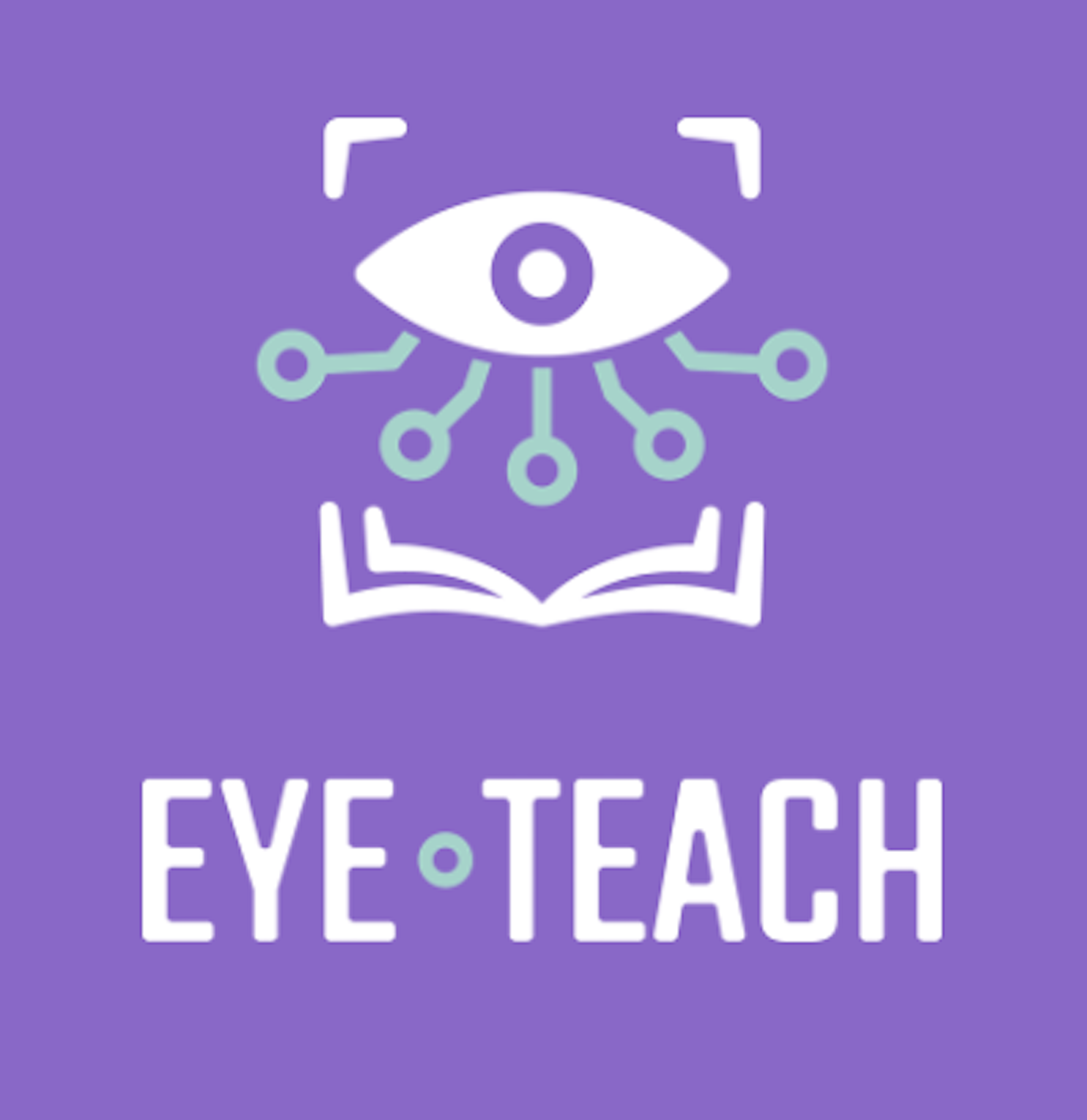 EYE-TEACH
EYE-TEACH
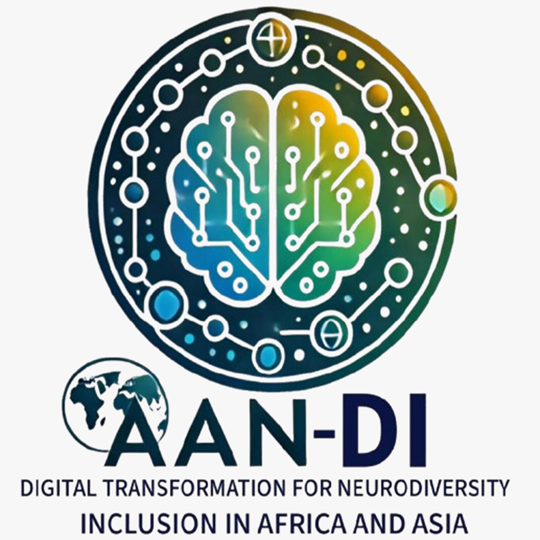 AAN-DI
AAN-DI
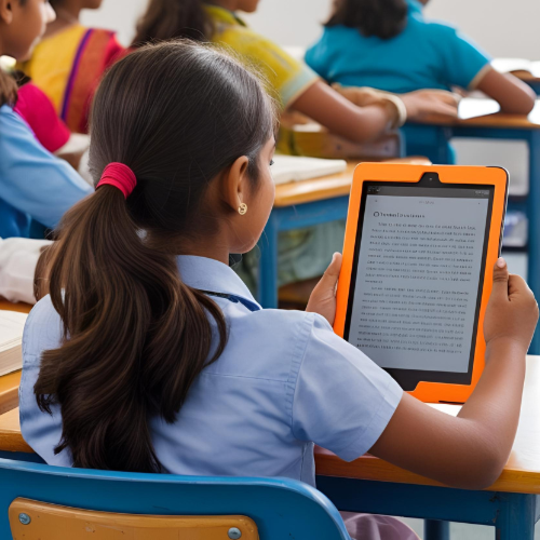 D-PAL
D-PAL
 Atypical
Atypical
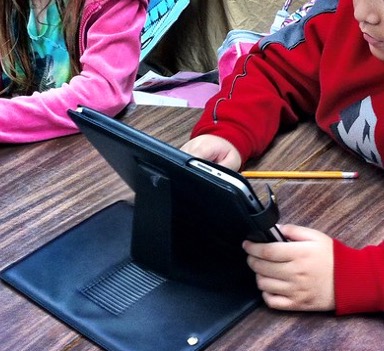 PROJECTE OLEDIG - Optimització de la lectura digital: Anàlisi i intervenció en els processos cognitius implicats
PROJECTE OLEDIG - Optimització de la lectura digital: Anàlisi i intervenció en els processos cognitius implicats
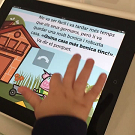 digitread
digitread
 LearnREADy
LearnREADy
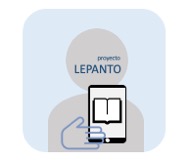 Projecte LEPANTO - Lectura en pantalla a les aules de primària i secundària: Estudis multimètode
Projecte LEPANTO - Lectura en pantalla a les aules de primària i secundària: Estudis multimètode
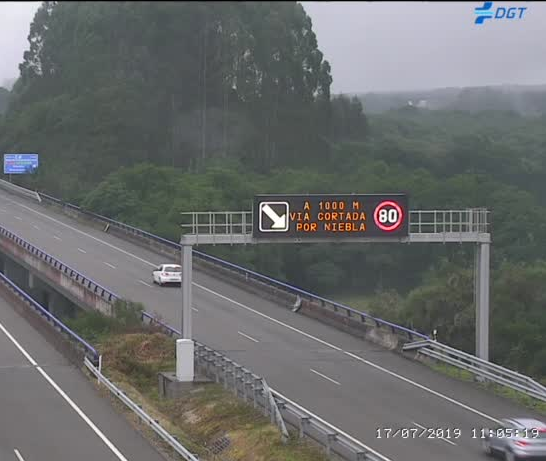 Dys_SIGN
Dys_SIGN
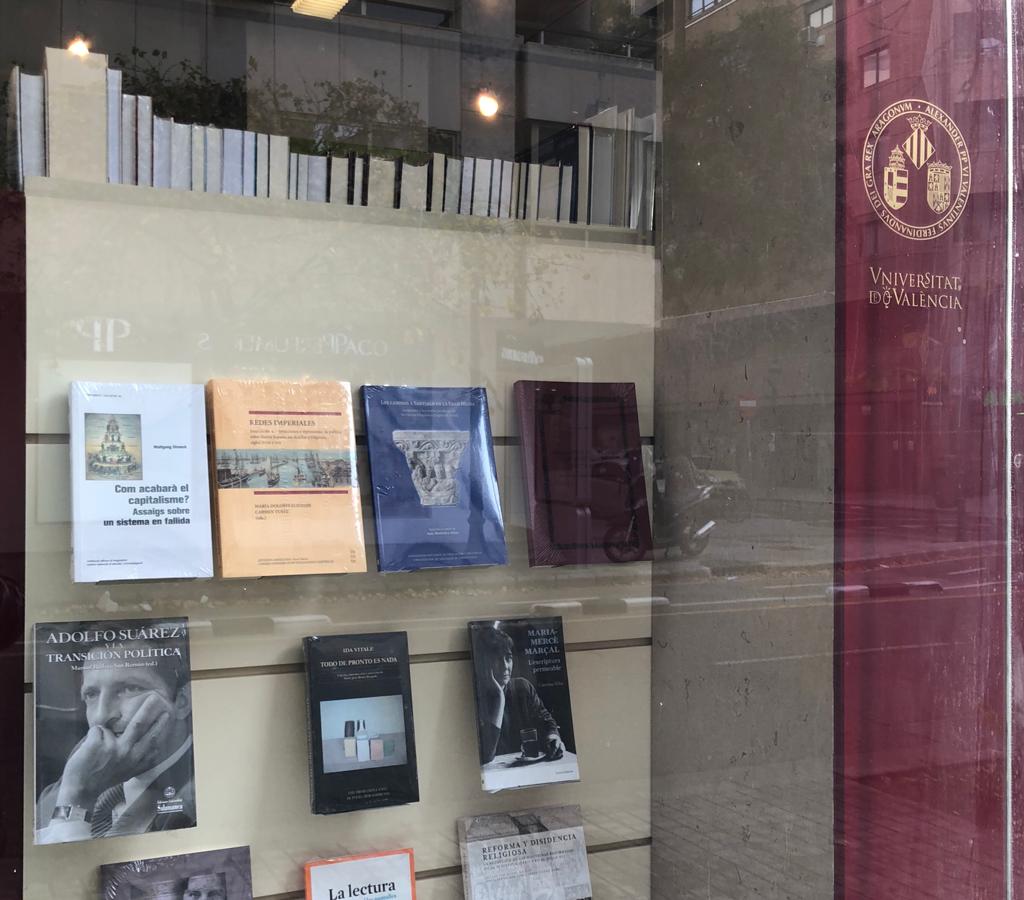 #CanonNoAcadémico
#CanonNoAcadémico
 Hàbits lectors durant el confinament per la COVID-19
Hàbits lectors durant el confinament per la COVID-19
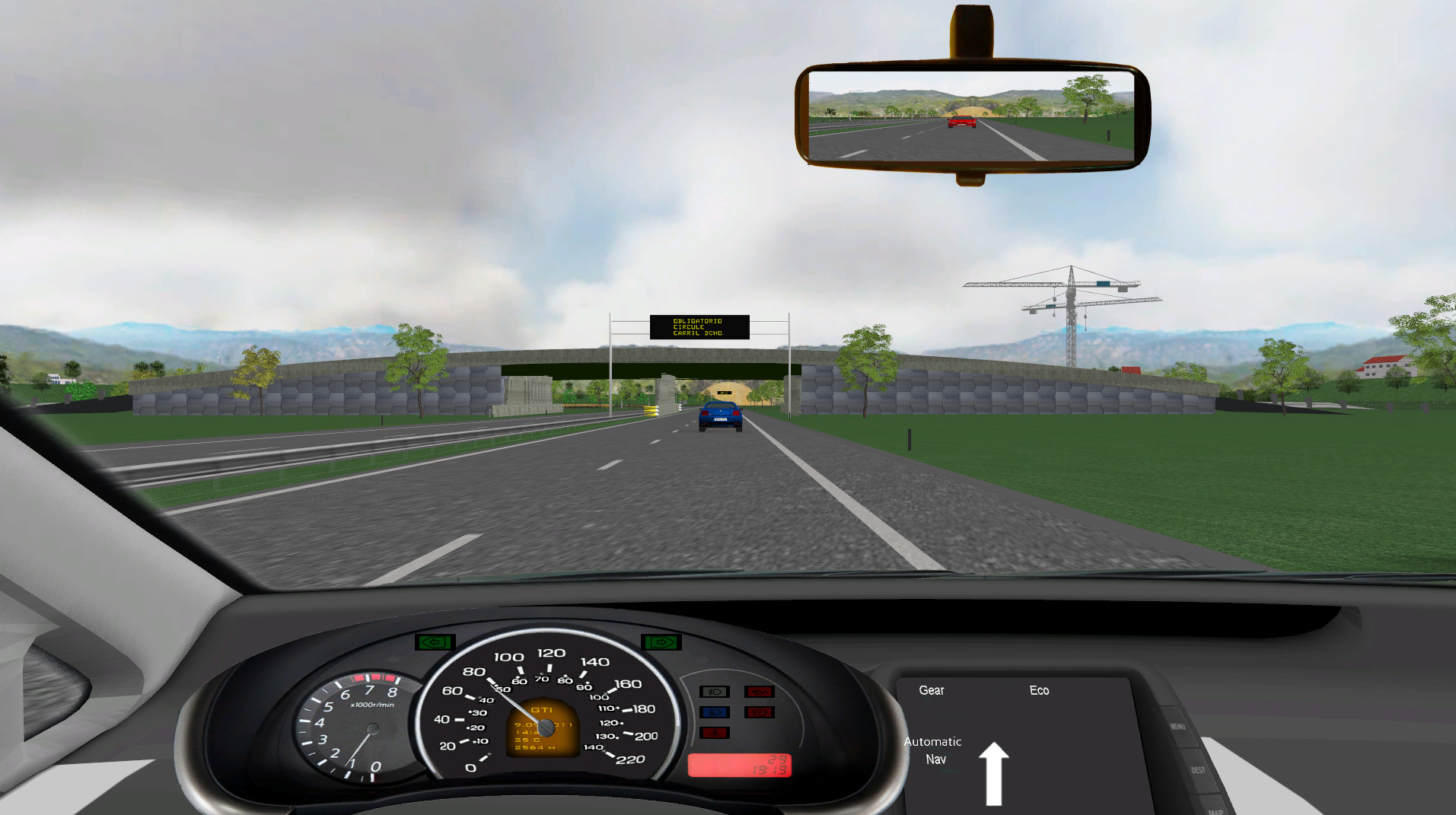 Multimodal_VMS
Multimodal_VMS





